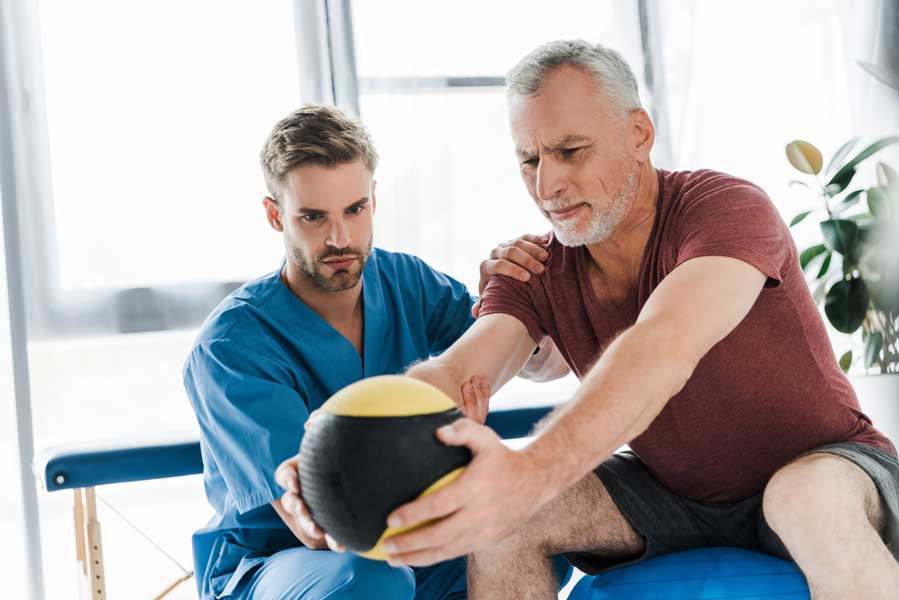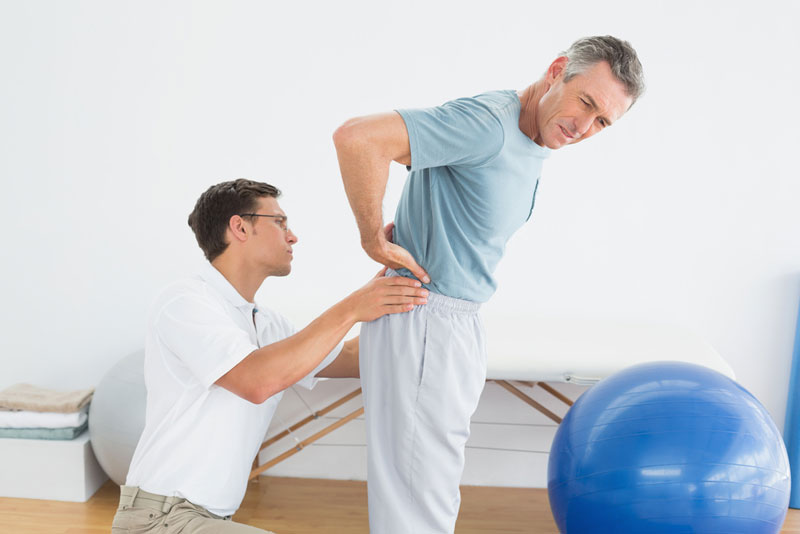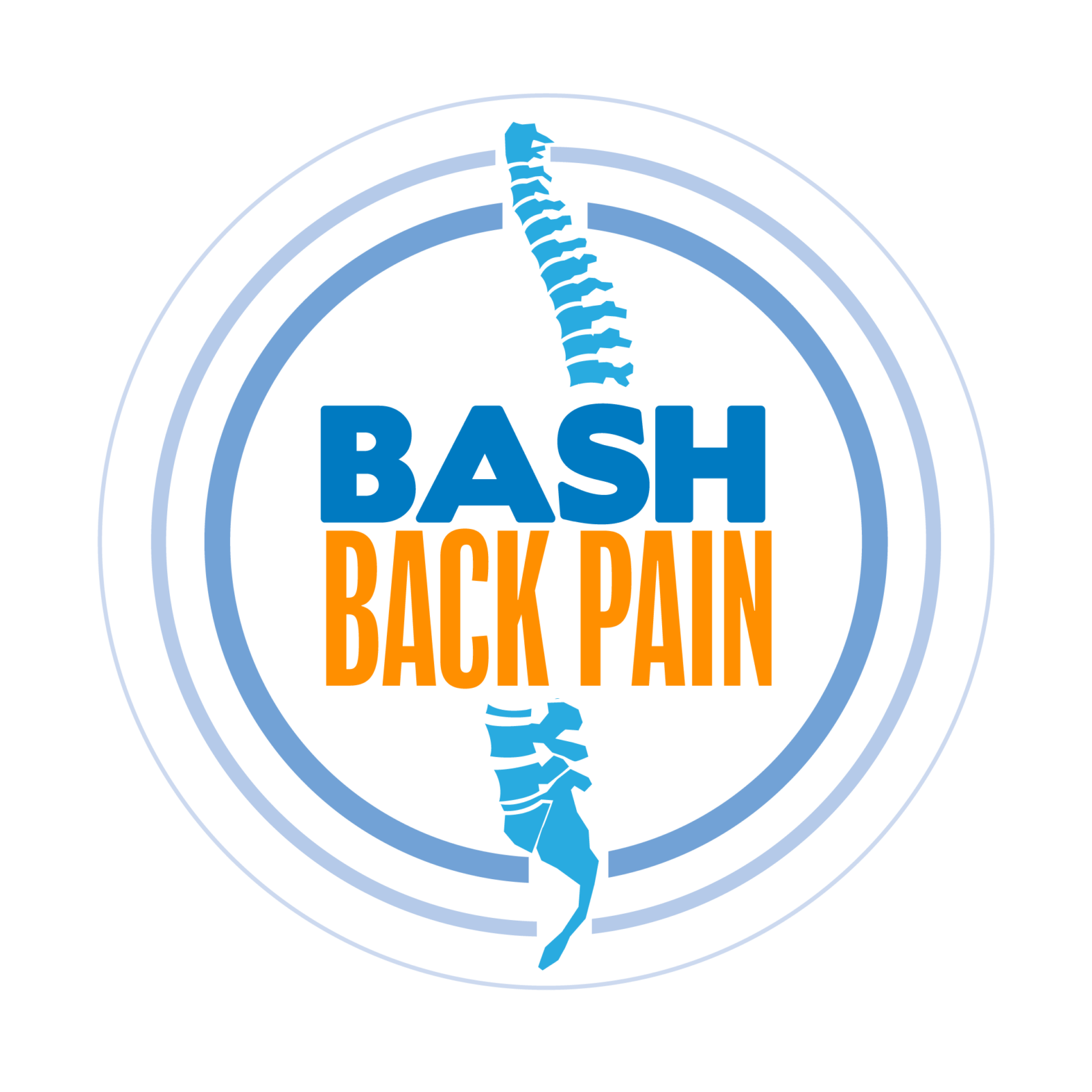You can have the best lower back rehabilitation program in the world and do your sessions every week but it is what you do outside of those sessions that make the difference…
What do I mean by that statement?
Lower back pain and the typical rehabilitation format
Okay, let me expand on that a little.
We have 168 hours in a week and let’s say we spend 63 of those sleeping which leaves us another 105 hours in our week.
Now, imagine we are going to see a physiotherapist for 3 hours a week for our problems, back pain, sciatica pain, bulging discs or one of the other many conditions.
That leaves us with 102 hours left in the week to completely mess up any gains or improvements we made in physio if we don’t follow some kind of movement awareness and modification method.

In fact, we may also be sleeping on a mattress that is too firm or too soft and again we are continually niggling away at our ailments.
That is one thing that many people overlook and that is removing the stressors that brought about our pain or still continue to exacerbate it.
If you continue to place the injured area in compromised positions throughout the day, you are always going to be fighting an uphill battle.
Behavior modification and lower back pain
It is well known now in the field of rehabilitation that movement is good for lower back problems and that there are certain changes that should be implemented to assist with the rehabilitation process but all too often these get overlooked.
I have known many people who have gone to physiotherapists, chiropractors and masseurs seeking a solution to their back problems and have failed to achieve any significant results.
In fact, many people would keep going back to the same practitioner and they would be expecting a different result…I think we call that insanity!

The one thing these people all had in common was that they had not been given any advice on behaviour modification outside of their treatment sessions.
By behaviour modification, I mean learning how to move correctly when picking up heavy objects, how to get in and out of the car, the correct way to sleep, how to move first thing in the morning etc.
Things which don’t actually cost any money!! And may actually result in….wait for it….a reduction in pain and healing of the injury.
Daily micro stressors can reduce rehabilitation gains
Let me give you an example from a previous client who was actually a good friend of mine.
He was, and still is, in the police force, and when I had heard about his issue, he was working in the traffic division.
Always on patrol, speed checks etc.
Anyway, he had been going to a physiotherapist for a few months because of some knee pain he had had after a heavy weekend of mountain biking.
He was telling me that he still had this niggling pain, and that he couldn’t quite get back to 100 percent, even though he was seeing the physio twice a week.
I asked him, “are you still in the traffic division?” He said, “yes, why?”
I said, “how many times do you think you get in and out of your car every day?”
“It depends,” he said, “maybe 15-20 times”…..and I said “how many days are you working a week right now?”….he said “around 5 days…”
“Okay”, I said, “I want to watch how you get in and out of your car.”
He looked at me funny, but he was like, “okay,” and we went outside to where his car was parked.
“Okay show me,” I said, “as if you were at work.”
How does repetitive stress affect lower back rehabilitation?
He opened the door, placed his left leg in (UK, right-hand drive remember) and then contorted himself down onto the seat while his right leg bent inward and twisted awkwardly before his butt was on the chair, and then he lifted that leg in.
“Okay, my turn,” I said. “Watch me, and I want you to do it this way from now on.”
I stood beside the car, opened the door, turned my back towards the seat, and squatted my butt to the seat, keeping my knees aligned without any lateral motion.
Once my butt was on the seat, I simply swung both legs in and I was done.
“That way from now on,” I said.
Within 5 days, my friend’s pain was completely gone.

You see the 2 hours of physiotherapy a week was not enough to make up for the 5 days of work where he was getting in and out of the car up to 20 times a day and overly stressing his injured leg.
Those micro-stresses, although not painful at the time, were holding his body back from healing 100%.
The BASH concept and lower back pain rehabilitation
This is why I created the BASH methodology and it underpins my course as it is one of the first things I start with when working with a client suffering from lower back pain problems.
I have a whole blog post on BASH Here but briefly:
B = Bracing – learning to contract our core musculature to protect our spine when performing awkward physical tasks.
A = avoiding flexion before noon – learning to avoid unnecessary spinal flexion for the first four hours of the day can bring about significant improvements in lower back pain.
S = support – learning to use external objects for support when doing daily tasks such as putting on your shoes and brushing your teeth.
H = hip hinging – learning to use your legs and glutes to lift objects from the floor.
The lower back pain recovery fundamentals
All of the above form the foundation of my lower back recovery challenge and what is it they say about foundations?
“You can’t build a great building on a weak foundation” (Gordon B. Hinckley)
You need to have the foundational principles in place before implementing the rest of your plan otherwise you will not get the results you are seeking.

This concept of laying the foundations and removing those small micro-stressful events from your day paves the way ahead so people can benefit fully from my recovery program and enjoy a reduction in pain and in many cases the complete elimination of their back pain.
If you or someone you know is struggling with back pain sign up for my course HERE and begin the journey to pain free living.
Not ready for the challenge?
Then subscribe to my weekly emails with helpful hints and tips on how to reduce your lower back/sciatica pain, Sign Up Here.
Share the love people!

